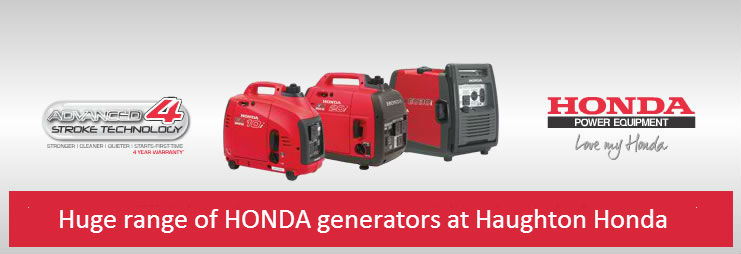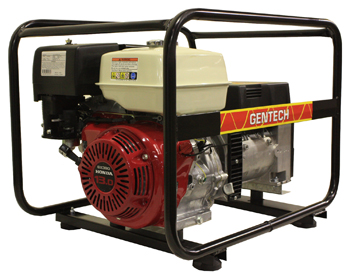- Generators
- Lawn & Garden Tools
- Pumps
- Engines
- Servicing, Repairs & Parts
- SPECIALS
What to consider when choosing the right generator for your requirements
Posted by Jeff Sander on 13th Jan 2016

We have put together three useful steps to identify the right generator, wether it be for business, pleasure or as a back-up if you lose power at home. Each situation will have different power requirements, so we hope these steps will assist in understanding the right unit requirements for your application.
USAGE:
Firstly, identify the products, tools or items you intend to operate with your generator.
In the case of back-up power for the home, identify those items that are essential for you to keep running during a power blackout, and list them in order of priority.
POWER REQUIRED (in watts or amps)
Determine the power requirement for each item you want to run. Most appliances have a compliance plate that details this information, or it can be found in the operating manual.
Add up the wattage of all the items that will run simultaneously.
Alternatively, email us for a free calculation sheet listing common items and their wattage needs.
SELECTING THE RIGHT GENERATOR
When selecting the generator to suit your needs, add 10% to your wattage total, to allow for any contingencies. A rule of thumb is that most generators will only provide 80% of the maximum output on a continuous basis. e.g. A 7.0Kva generator will provide 5600 watts continuous.
Not all generators are the same – quality of power is very important, as some items can be damaged by poor quality power. Refer to our blog on ‘Differences in Generator Technologies’ to identify the right generator for your appliances.
You can always speak to an expert by calling 08 83517971 or via our contact us page

